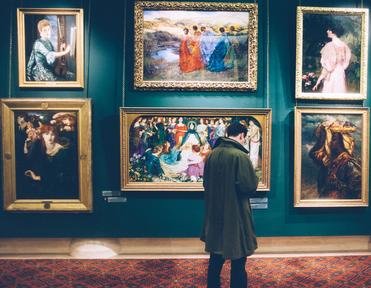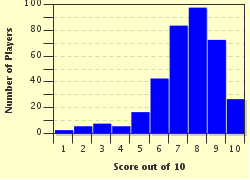Quiz Answer Key and Fun Facts
1. This is a game from a city state, Ur, that thrived from around the 26th century BC to about 550 BC. Where was it located?
2. The Elgin Marbles have been a bone of contention between Britain and Greece for many years. Which building in Athens were they taken from?
3. Where did this statue originate from? The place is famous for these.
4. The Romans were very fond of decorating their homes with this type of work. What is it called?
5. The Egyptian section of the British Museum is always popular, especially the section with the mummies. Not only people were mummified though; what else did the Egyptians mummify?
6. Most Egyptian mummies discovered have been of high ranking people. Other burials reveal just skeletons. Why was this?
7. This watercolor was painted by a Japanese artist at around the time the first rail line in Japan was opened. In which decade did the first steam train in Japan run?
8. This jade pot in the shape of a monkey is Chinese. What is the most likely use it was put to?
9. These decorated horns are part of probably the most important Anglo Saxon find in Britain. Where was the find made?
10. Egyptians used a pictorial writing system known as hieroglyphs. Which item, now in the British Museum, was instrumental in helping scholars to decipher these?
Source: Author
Christinap
This quiz was reviewed by FunTrivia editor
stedman before going online.
Any errors found in FunTrivia content are routinely corrected through our feedback system.

